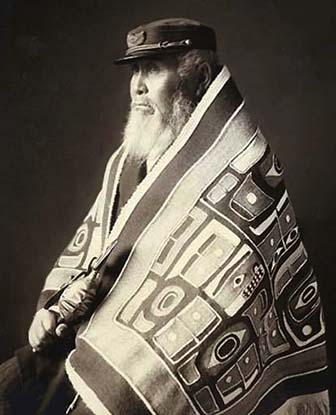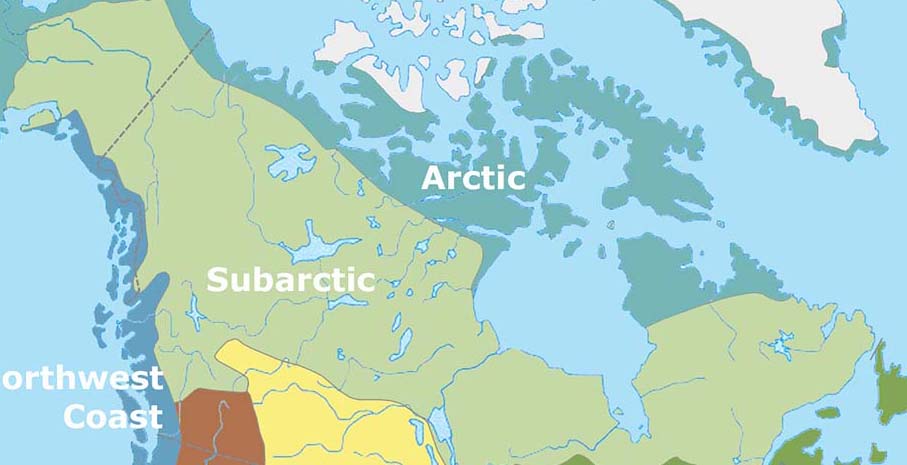Subarctic Tribes
Indigenous peoples of the Subarctic are the aboriginal peoples who live in the Subarctic regions of the Americas, Asia and Europe, located south of the true Arctic.

This region includes the interior of Alaska, the Western Subarctic or western Canadian Shield and Mackenzie River drainage area, the Eastern Subarctic or Eastern Canadian Shield, Scandinavia, Western Russia and East Asia. Peoples of subarctic Siberia and Greenland are included in the subarctic; however, Greenlandic Inuit are usually classified as Indigenous peoples of the Arctic.
Native subarctic peoples have over 38 languages, falling into nine major language families: Algonquian, Athapaskan, Indo-European, Japonic, Koreanic, Mongolic, Sino-Tibetan, Turkic and Uralic.
After introduction by Europeans, glass beads became popular and are sewn into floral designs. Additionally, some cultures practiced agriculture, alongside hunting and gathering. Caribou and deer has traditionally played a central role in Subarctic culture. Besides providing food, caribou and deer provides clothing, shelter, and tools, such as the babiche bag, made of caribou rawhide. Moosehair embroidery and porcupine quill embroidery are worked onto hides and birchbark.

Subarctic Tribes
Return to the: North American Tribal Regions Map
